Find a Document
Addressing Climate Change
Addressing Climate Change
Climate change presents a monumental challenge to the long-term reliability of Southern California's water supplies. Every watershed our region depends on is becoming more stressed and less dependable. While Metropolitan has conducted long-range planning for its water resources portfolio since the mid-1990s with our Integrated Water Resources Plan, we are updating our long-term projections to account for the complexities and uncertainties of climate change through our new Climate Adaptation Master Plan for Water.
In addition to adapting Metropolitan's water delivery and storage capabilities to meet the challenges posed by a changing climate, we also have committed as an organization to reducing our carbon footprint through our Climate Action Plan. Our recent annual progress report highlights the strides we've made as an organization to reduce our greenhouse gas (GHG) emissions and to remain on target for achieving carbon neutrality by 2045.
Extreme weather conditions in recent years - abruptly swinging the state from periods of severe and extended drought to record-setting wet seasons - have presented Southern Californians with an unsettling preview of the challenges ahead. There is no question that climate change is here and putting mounting pressure on the year-to-year management of our available water resources. To ensure the continued reliability of water supplies for the communities we serve, Metropolitan is developing our Climate Adaptation Master Plan for Water. This comprehensive effort will provide the roadmap that will guide our future capital investments and business model as we confront our new climate reality in the years and decades ahead.
We are not starting from scratch. We are building on Metropolitan's Climate Action Plan to reduce our greenhouse gas emissions along with the detailed scenario planning we performed for our 2020 IRP Regional Needs Assessment, and our leading role in developing creative and cooperative regional solutions to the challenges our region faces.
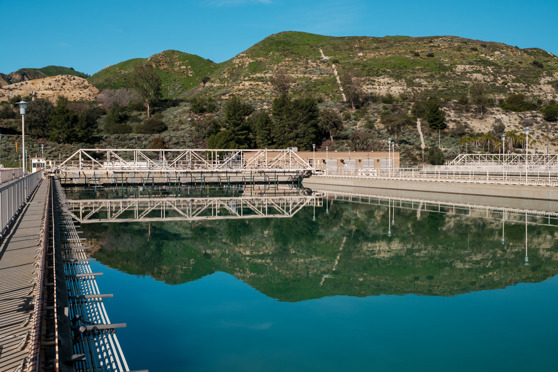
CAMP4W Objectives

A New Era of Collaboration & Engagement

Founded nearly a century ago to bring a new source of water for a growing Southern California, Metropolitan has long been a leader in finding innovative long-term solutions that support our member agencies and the entire region. Given the magnitude and scope of climate change, Metropolitan's commitment to collaboration and building consensus is more important than ever.
As part of our CAMP4W process, we have established a Joint Task Force comprised of Metropolitan board directors, general managers from the district’s member agencies and Metropolitan staff. The Task Force is developing tools that Metropolitan’s board will use to make strategic investments amid the emerging impacts of climate change on our region.
These tools include:
- A framework for open, transparent decision making that tracks progress;
- Performance targets for major infrastructure and water resource management initiatives that help achieve a climate-resilient water supply portfolio for Southern California;
- Criteria for evaluating and prioritizing investments; and
- Strategic financing and business model alternatives.
CAMP4W Joint Task Force meetings are open to the public and streamed live on our board calendar website, whenever the Subcommittee on Long-Term Regional Planning Processes and Business Modeling is scheduled to meet.
“Whatever is done should be done for the benefit of the whole, and whatever is done for the benefit of the whole should be shared by the parts.”
— W.P. Whitsett, Metropolitan's first board chair, 1930
Improving System Resilience
& Reliability
The record-low water deliveries we received from the State Water Project between 2020 and 2022 revealed a vulnerability in Metropolitan's regional water delivery system that impacted six of our 26 member agencies and nearly 7 million people. Due to constraints of the water delivery system, as well as limited access to other local supplies, these communities were forced to rely on extremely reduced water deliveries from the SWP. Metropolitan enacted emergency drought reductions to ensure these communities had enough water to get through the extreme drought.
Our board has since made a commitment to address these inequities and fast-tracked a number of construction projects to improve water supply reliability for all member agencies. To date, we have secured $50 million from the state to help offset the cost of these projects.
Metropolitan also is analyzing additional long-term improvements that will be evaluated through the CAMP4W process. Our goal is to create a climate-resilient network of facilities that strengthens the reliability of our region's water supplies.
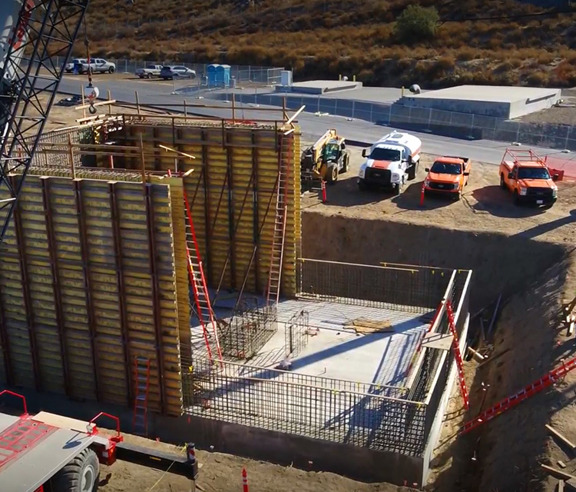
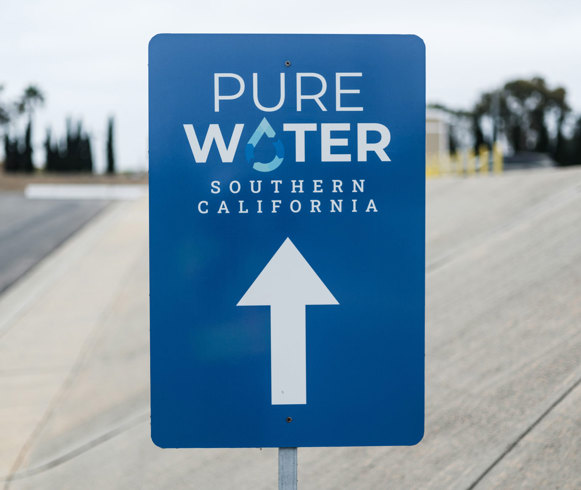
Expanding Our Water Resource Portfolio
The challenges of the future require us to invest in more local supplies and conservation, while preserving and extending the use of our imported water supplies.
For decades, Metropolitan has incentivized local supply projects through the Local Resource Program, which offers financial incentives for member agencies to develop and expand the network of local resources across Southern California. This initiative has resulted in recycled water programs, groundwater storage initiatives and desalination projects.
Through our CAMP4W process, we are pursuing collaborative partnerships that will provide additional regional benefit at appropriate economies of scale. For example, our Pure Water Southern California regional recycling project, a joint venture with Los Angeles County Sanitation Districts, could become one of the world's largest water purification programs, producing up to 150 million gallons of new water supply daily. Another partnership with Antelope Valley-East Kern Water Agency to develop the High Desert Water Bank could provide Metropolitan more than 91 million gallons of additional storage, with nearly 23 million gallons of those reserves accessible on an annual basis.
Ensuring Equity, Affordability & Financial Sustainability
While many Californians understand the challenges facing water reliability, most also are concerned about the cost of water. With particular attention to equity, affordability and financial sustainability, we're committed to offsetting the costs of our strategic climate adaptation investments through creative cost-sharing partnerships and the pursuit of additional state and federal funding. Since 2022, we've received more than $150 million in funding for projects that are giving us an early start on CAMP4W implementation.

L to R: Central Arizona Project Program Manager Vineetha Kartha, U.S. Bureau of Reclamation
Commissioner Camille Calimlim Touton, and Metropolitan Interim General Manager Deven Upadhyay
Climate Adaptation in Action
Metropolitan is adapting to more extreme weather patterns and climate whiplash with smart planning, investments in diverse supplies and storage opportunities and critical partnerships across the regional, state and federal levels.
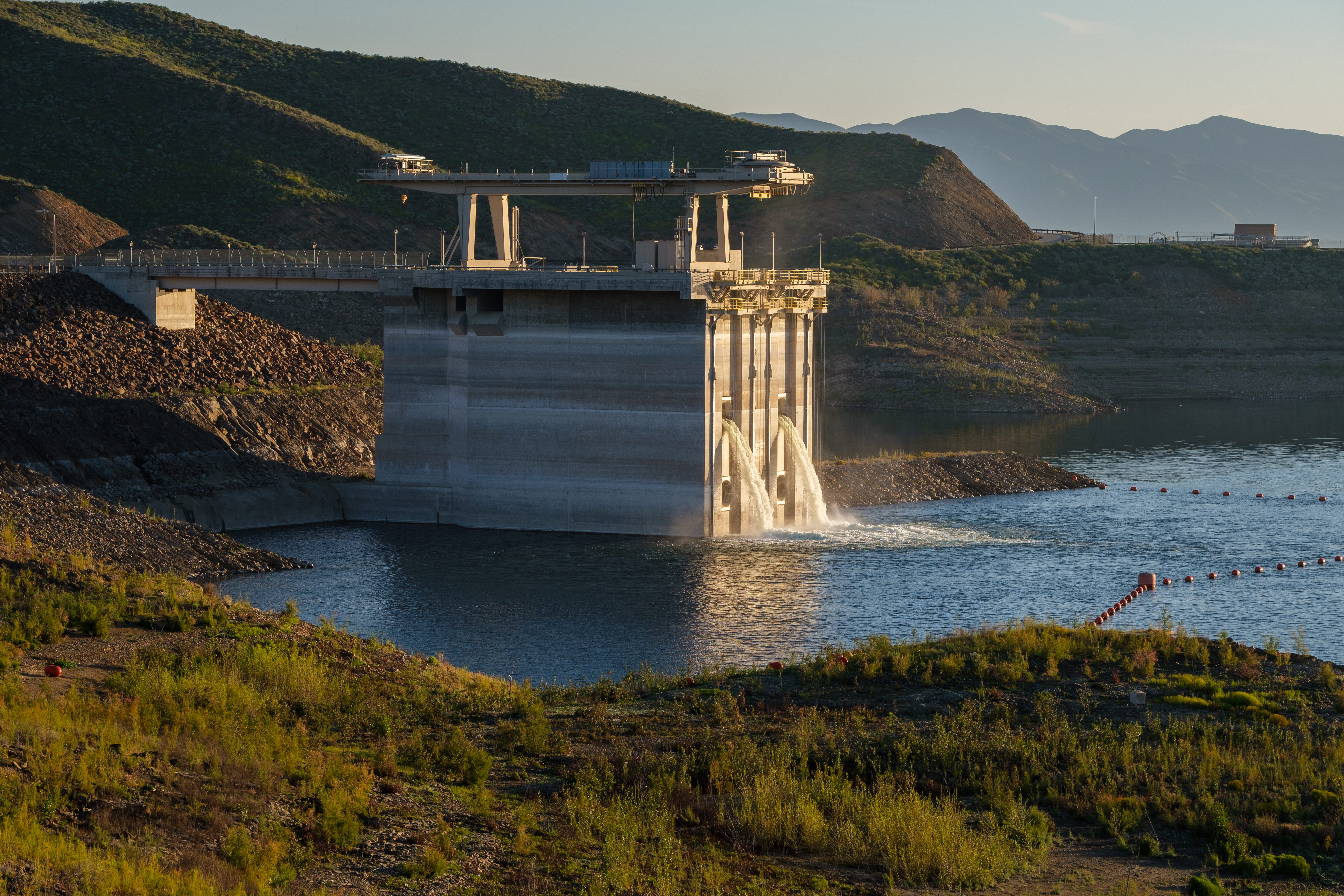
We’ve increased our storage by more than 13 times since 1990, and we’ve built a large conveyance pipeline that allows us to quickly move water into that storage. With annual snowpack projected to dwindle over the next century, these investments provide a valuable opportunity to capture water in wet years and save it for dry ones.
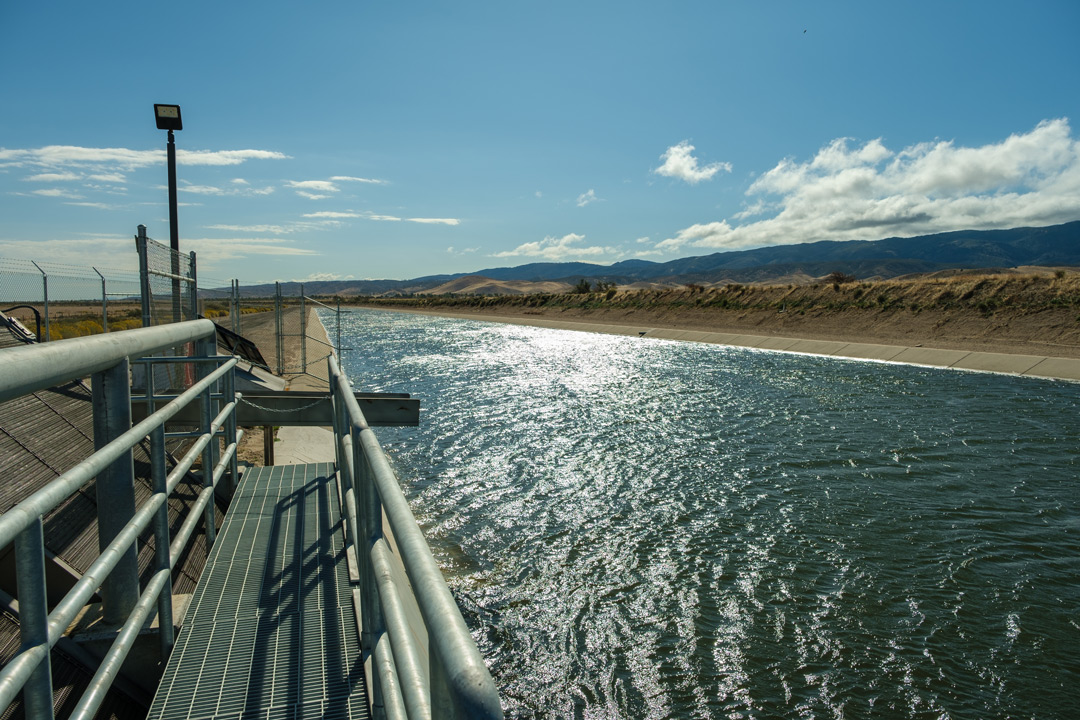
We’ve made our system more flexible. This allows us to push alternative water supplies further into our delivery network when our Colorado River or State Water Project supplies are reduced due to drought conditions.
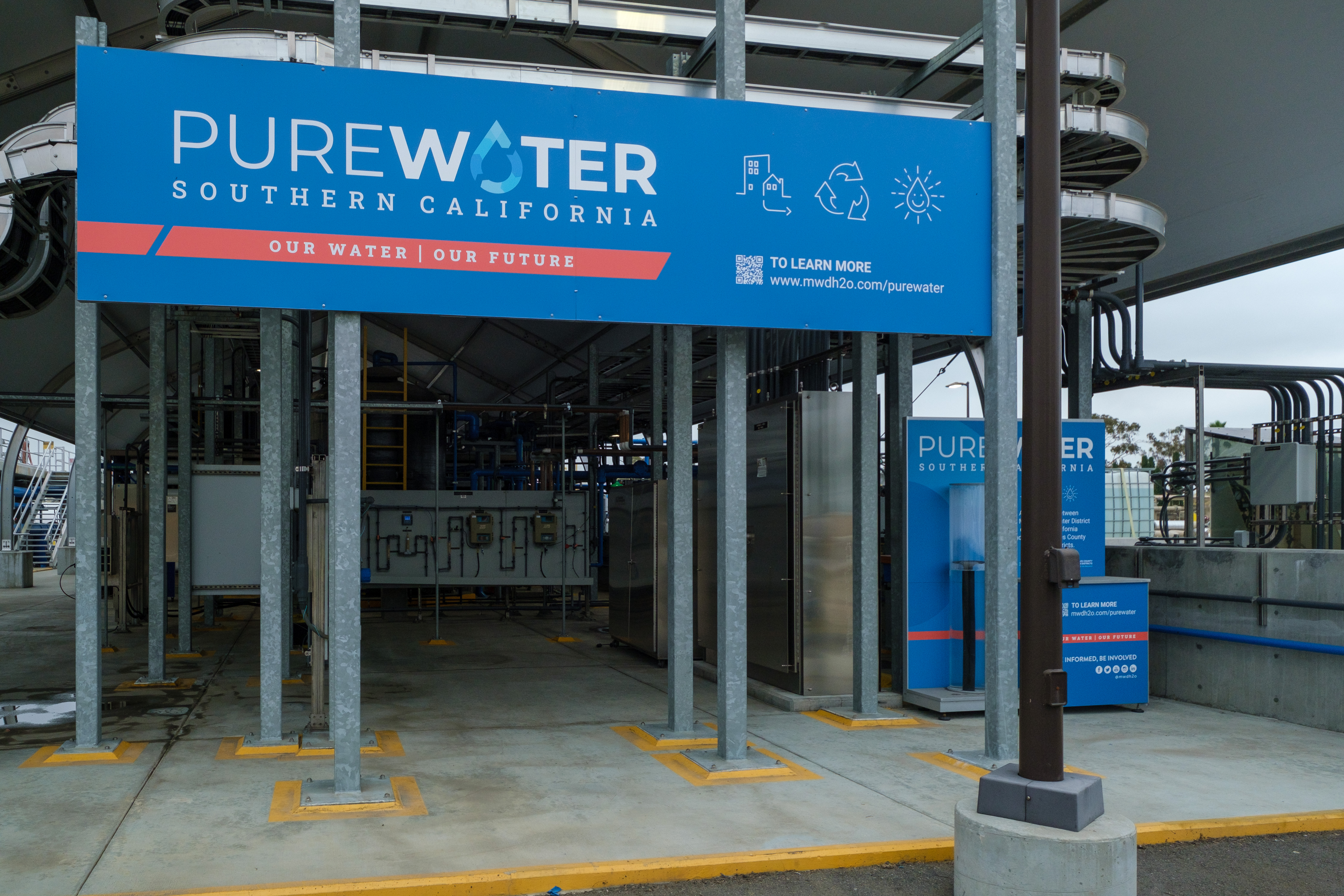
We’ve invested more than $500 million in recycled water projects, as a drought-resilient water source. Our Pure Water Southern California program could become one of the largest advanced water purification facilities in the world.

We’ve invested more than $900 million in conservation programs, helping reduce per capita potable water consumption in Southern California by about 40 percent since 1990.
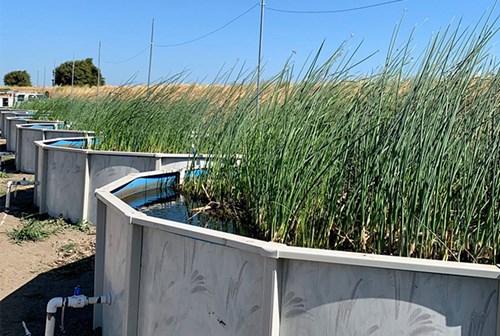
We recognize the need to preserve and protect our imported water supplies through coordinated ecosystem restoration efforts and infrastructure upgrades. Our recent initiatives in the Sacramento-San Joaquin Delta include collaborative ecosystem restoration projects and maintaining water quality by improving levees and reversing land subsidence. Proposals for the Delta Conveyance Project and Sites Reservoir will be evaluated through the CAMP4W process.
CAMP4W Resources
Invitation to Public Forum on Sept. 12: Climate Adaptation for Water (August 2024)
Community Postcard: What are the top water concerns facing your community today? (June 2024)
Factsheet: Investing in Our Water Future: Regional Planning for a Changing Climate (January 2024)
Video: Introducing the Climate Adaptation Master Plan for Water (November 2023)
Video: Grand Opening of High Desert Water Bank (November 2023)
Concurrence with the Long-Range Finance Plan for CAMP4W Planning Purposes (November 14, 2023)
Approval of use of Representative Concentration Pathway 8.5 for planning purposes in the Climate Adaptation Master Plan for Water - Board Letter (September 12, 2023)
Adoption of the 2020 Integrated Water Resources Plan Needs Assessment (April 12, 2022)
Technical Working Memo #9 - Project, Program & Portfolio Assessment (September 25, 2024)
Technical Working Memo #6 - Time-bound Targets (February 29, 2024)
Technical Working Memo #5 - Draft Evaluative Criteria (January 18, 2024)
Technical Working Memo #3 – IRP Needs Assessment Summary (August 22, 2023)
Technical Working Memo #2 – CAMP4W Themes (August 22, 2023)
Technical Working Memo #1 – CAMP4W Process (August 22, 2023)
2024
Evaluative Criteria and Climate Decision-Making Framework - Committee Letter (September 25, 2024)
Evaluative Criteria and Climate Decision-Making Framework - Presentation (September 25, 2024)
Member Agency Ad Hoc Working Group Update on Business Model - Board Report (August 28, 2024)
Service Area Population Data - Board Report (August 28, 2024)
Service Area Population Data - Presentation (August 28, 2024)
Refined Evaluative Criteria Approach and Member Agency Feedback - Presentation (August 28, 2024)
Signposts, Model Inputs, and Annual Reports - Presentation (July 24, 2024)
Time-bound Targets Refinement - Presentation (July 24, 2024)
Integrating a Changing Climate into Metropolitan's Planning Processes - Presentation (June 26, 2024)
Climate Vulnerability Assessment - Committee Letter (June 26, 2024)
Climate Vulnerability Assessment - Presentation (June 26, 2024)
Business Model Refinement Discussion - Presentation (June 26, 2024)
CAMP4W Next Steps (May 30, 2024)
Business Model Refinement - Presentation (May 30, 2024)
Business Model Discussions- Presentation (May 30, 2024)
Business Model: Local Resources & Conservation - Presentation (May 30, 2024)
CAMP4W Draft Year One Progress Report and Next Steps - Presentation (May 14, 2024)
Business Model Refinement Presentation (April 24, 2024)
CAMP4W Draft Year One Progress Report - Committee Letter (April 24, 2024)
CAMP4W Draft Year One Progress Report - Presentation (April 24, 2024)
CAMP4W Draft Year One Report - Committee Letter (March 27, 2024)
CAMP4W Draft Year One Report - Presentation (March 27, 2024)
Climate Adaptation Master Plan for Water Training Workshop - Presentation (March 18, 2024)
Update on Member Agency Dashboard with Climate Projections - Presentation (February 29, 2024)
CAMP4W Panel on Cost Containment and Offsets (January 8, 2024)
2023
Review Proposed Evaluative Criteria and Decision-Making Framework – Committee Letter (December 19, 2023)
Review Proposed Evaluative Criteria and Decision-Making Framework – Presentation (December 19, 2023)
Development of a Decision-Making Framework and Draft Evaluative Criteria - Board Letter (November 21, 2023)
Summary of Climate Adaptation Master Plan for Water Efforts to Date (November 21, 2023)
CAMP4W Joint Task Force Membership, Objectives and Charter (November 21, 2023)
Final Draft of the 2023 Long-Range Finance Plan Needs Assessment (November 14, 2023)
CAMP4W Panel on Regulatory Requirements Impacting Affordability (November 13, 2023)
CAMP4W Panel on Household Affordability (October 24, 2023)
Review Draft 2023 Long-Range Finance Plan Needs Assessment (October 10, 2023)
Climate Adaptation Master Plan for Water – Presentation (August 22, 2023)
Update on Outreach for Climate Adaptation Master Plan (July 25, 2023)
Member Agency Alignment and Gap Analysis (June 27, 2023)
Terminology and Interests (May 23, 2023)
Facilitated Discussion on Terminology and Interests (May 23, 2023)
Climate Adaptation Master Plan for Water (May 23, 2023)
Annual Climate Action Plan and Update on Climate Vulnerability and Risk Assessment (May 8, 2023)
Discussion on Climate Adaptation Master Plan for Water Workshops (April 25, 2023)
Next Steps on the Climate Adaptation Master Plan for Water (April 11, 2023)
Potential Framework for Climate Adaptation Master Plan for Water Process (February 28, 2023)
Example Project Scoring Using CAMP4W Assessment Form (September 2024)
Climate Vulnerability & Risk Assessment (July 2024)
CAMP4W Year One Progress Report (May 2024)
Summary Notes from CAMP4W Listening Session on Draft Time-bound Targets (March 2024)
Overview and Summaries of Recent Panel Discussions on Affordability (March 2024)
Summary Notes from CAMP4W Listening Session on Draft Evaluative Criteria (December 2023)
Charter for CAMP4W Joint Task Force (November 2023)
Metropolitan Water District of Southern California Climate Action Plan (May 2022)



